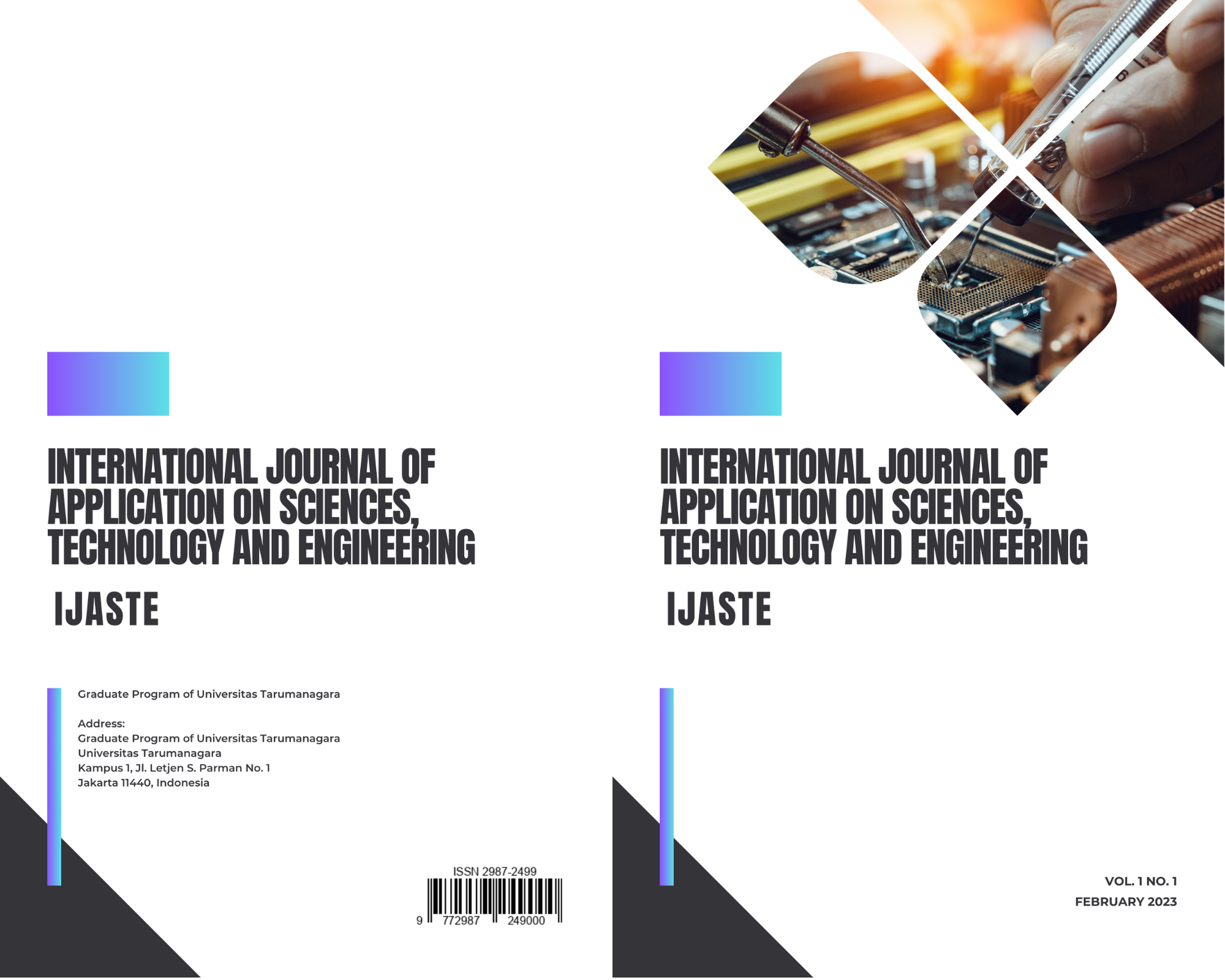Investigation on Potential of Slagging Fouling and Corrosion in Co-firing Bituminous Coal and Sorghum Waste Pellet
Main Article Content
Abstract
Indonesia is a country with a very large population. Coal power plant is the largest source of electrical energy in Indonesia to meet the public's electricity supply. The problem currently being faced is that coal power plant produces high levels of CO2 emissions. Cofiring is a solution to deal with emission problems that occur. The great potential of biomass waste can be used as a coal mixture during combustion. Sorghum is one of the food crops in Indonesia with the utilization of waste that is still not optimal. This study aims to determine the potential of slagging fouling cofiring sorghum biomass with coal from East Kalimantan. The method used is blended with a composition of 5%; 10% and 15%. From the results obtained, the data shows that the potential for slagging from coal and blending is included in the medium category, while for sorghum biomass it is in the low risk potential. The results of the analysis of coal fouling and blending are included in the high risk potential, while the sorghum biomass is in the medium risk.
Article Details

This work is licensed under a Creative Commons Attribution-NonCommercial-ShareAlike 4.0 International License.
References
Dirjen Ketenagalistrikan, Statistik Ketenagalistrikan pp. 1689–1699, (2022)
C. Zhao, Q. Shao, and S. P. S. Chundawat, Bioresour. Technol., vol. 298, p. 122446, (2020)
G. Kumar et al., Fuel, vol. 251, no. February, pp. 352–367, (2019)
B. Priyavrat, S. Mandvi, and I. Shruti, Indonesia’s Coal Power Emission Norms: Lesson From India and China, New Delhi, (2017)
BAPPENAS, Low Carbon Development Initiative, Jakarta, (2019)
PP No 22 tahun 2017, Rencana Umum Energi Nasional, Jakarta, (2017)
H. Liu et al., Energy and Fuels, vol. 34, no. 12, pp. 15448–15487, (2020)
Okoro et al, Energy and Fuels, vol. 32, no. 7, pp. 7991–7999, (2018)
S. Yu et al., Fuel Process. Technol., vol. 198, no. September 2019, p. 106234, (2020)
K. Cen, X. Zhuang, Z. Gan, Z. Ma, M. Li, and D. Chen, Energy Reports, vol. 7, pp. 732–739, (2021)
W. Ma, T. Wenga, F. J. Frandsen, B. Yan, and G. Chen, Prog. Energy Combust. Sci., vol. 76, p. 100789, (2020)
Karnowo, Z. F. Zahara, S. Kudo, K. Norinaga, and J. I. Hayashi, Energy and Fuels, vol. 28, no. 10, pp. 6459–6466, (2014)
T. Yan, Fuel, vol. 193, pp. 275–283, (2017)
J. B. Kitto and S. C. Stultz, Steam: Its Generation and Use 41st Edition. (The Babcock & Wilcox Company,United States of America, 2005), pp. 460-487
E. Raask, Mineral impurities in coal combustion: behavior, problems, and remedial measures. (Hemisphere Publishing Corporation,New York, 1985), pp. 161-165
C. Yin, Z. Luo, M. Ni, and K. Cen, Fuel, vol. 77, no. 15, pp. 1777–1782, (1998)
R. W. Bryers, Prog. Energy Combust. Sci., vol. 22, no. 1, pp. 29–120, (1996)
P. P. Płaza, Cardiff Sch. Eng., p. 227, (2013)
J. L. et al. Míguez, Renew. Sustain. Energy Rev., vol. 2021
H. P. Hariana, Putra and F. M. Kuswa, no. December, (2020)
Hariana et al., IOP Conf. Ser. Earth Environ. Sci., vol. 882, no. 1, (2021)
S. Hui, Y. Lv, Y. Niu, H. Kan, D. Wang, and P. Li, Fuel, vol. 258, no. August, p. 116137, (2019)



